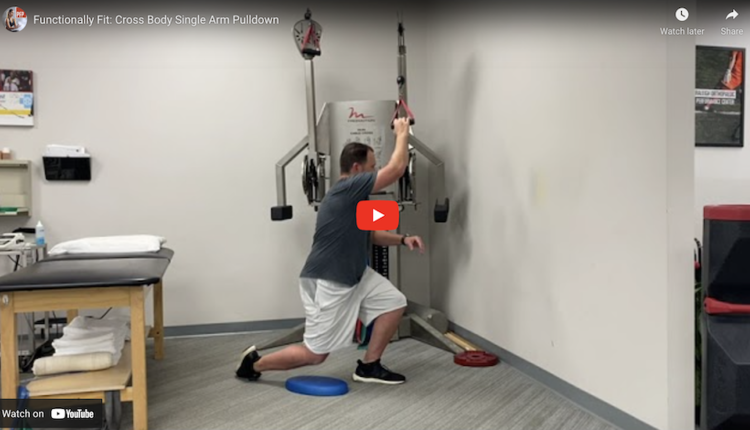Hip mobility varies among people. Some have limited range of motion, while others have excessive mobility. For those with tight hips, a routine stretching and/or mobility routine may be helpful. However, it is important to understand that not everyone should stretch into end range of motion.


Execution:
Begin standing behind a 24-30 inch box and place the left leg in a figure 4 position. Slowly lean forward until a comfortable stretch is felt. You may opt for a sustained stretch or perform 5-10 repetitions holding for 3-5 seconds at the end range of motion and cycling through various trunk positions to place different portions of the hip musculature. Repeat on the right side in the same manner.
Regression:
Perform the same stretch in a seated position and use the hand to apply gentle overpressure.
Important note: the stretch should be felt in the posterior hip musculature and not the hip joint
Application:
This stretch is useful for improving hip external rotation and reducing tightness in the piriformis and glutes. Limited hip external rotation can create undue stress on the lumbar spine or knee with rotational sports and decrease performance capacity. Much like the shoulder, having symmetrical total range of motion between the right and left hip is ideal, even if the ER/IR ration is different on each side.
Precautions:
Use caution implementing this stretch with clients who have active lumbar/SI joint pain, labral pathology, osteoarthritis or any stress injuries (stress reaction, stress fracture, etc.). If the client notes a bony block feeling or reports acute pinching type pain in the groin or hip joint itself rather than in the posterior hip muscles, discontinue this exercise immediately.
In some cases, clients may have a condition known as femoroacetabular impingement (FAI) where the congruency between the femoral head and acetabulum is abnormal. Forcing external rotation with FAI may cause damage to the joint and/or labrum itself.


















